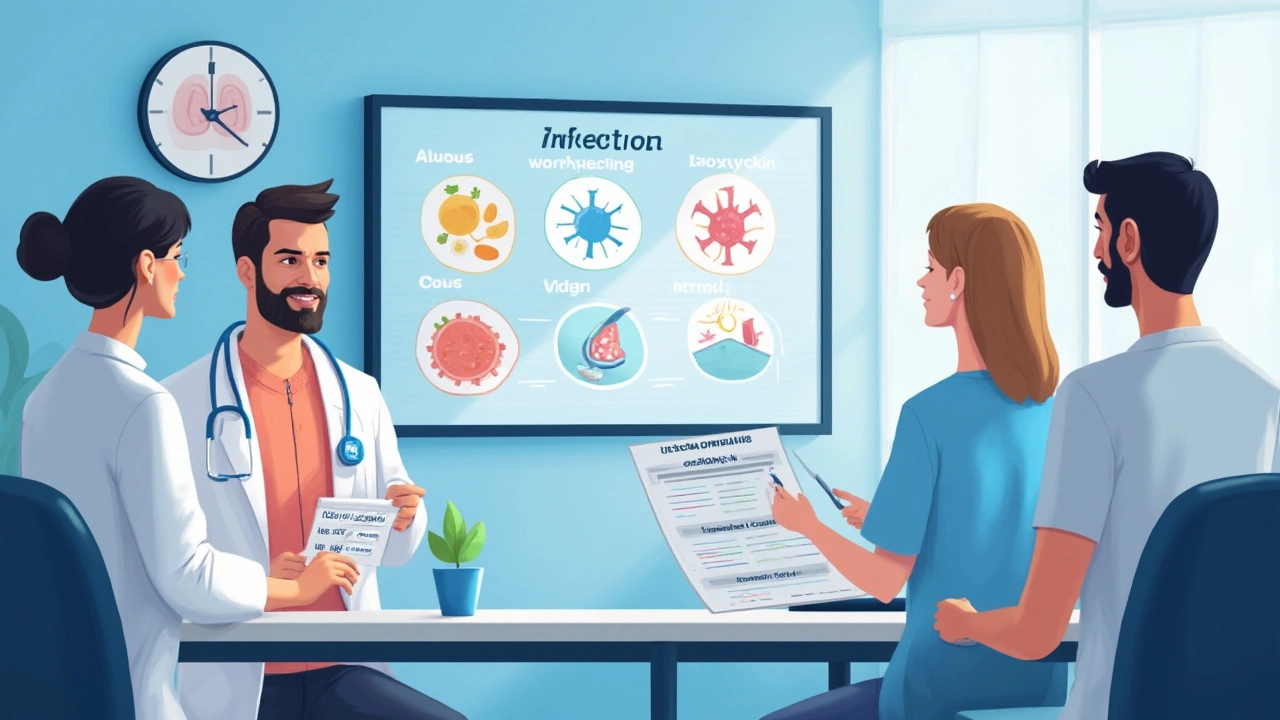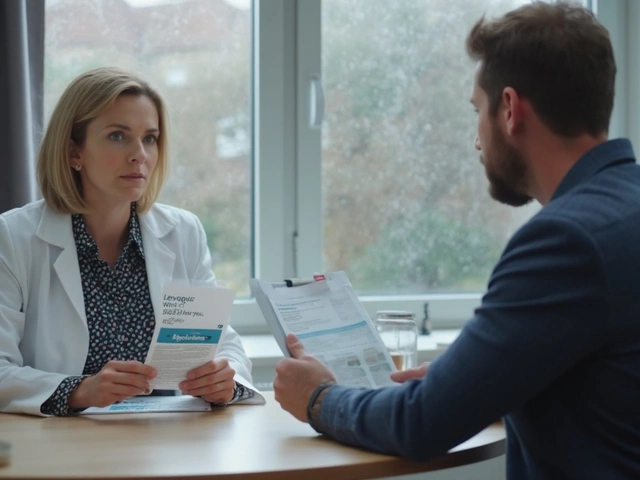Ceftriaxone: what it treats and how to use it safely
Ceftriaxone is a powerful antibiotic that can treat serious infections fast — from pneumonia and sepsis to gonorrhea and meningitis. It’s given by a healthcare professional as an injection, either into a muscle (IM) or into a vein (IV). If your doctor prescribes ceftriaxone, you’ll usually get it in a clinic or hospital, not as a pill at home.
How it's used & common dosing
Doctors pick ceftriaxone when they need a broad, reliable antibiotic. Typical adult doses are 1–2 g once daily for many infections; some severe infections use higher or more frequent dosing. For uncomplicated gonorrhea, current practice is a single IM shot (often 500 mg). For meningitis or severe sepsis, doctors may use higher doses and monitor closely. Dose and duration depend on the infection and your health, so follow your prescriber's instructions exactly.
One practical thing: ceftriaxone is not adjusted for mild-to-moderate kidney problems in most cases, but newborns and people with specific conditions need special care. Never mix ceftriaxone directly with IV calcium solutions in babies — that can cause dangerous issues. If you have kidney or liver disease, ask your clinician how this drug applies to you.
Side effects, warnings, and what to watch for
Common side effects are injection-site pain, mild diarrhea, and a rash. More serious reactions include allergic reactions (hives, swelling, trouble breathing), severe diarrhea from C. difficile, jaundice, or unusual bleeding. If you get a rash, fever, or breathing trouble after a dose, call emergency services right away.
Practical warnings: ceftriaxone can interact with blood thinners and can change gut flora, which sometimes affects clotting. It can form precipitates with calcium-containing IV fluids in newborns — that’s why hospitals use extra caution for infants. If you’re pregnant or breastfeeding, tell your doctor; ceftriaxone is used in pregnancy when needed, but the team will weigh benefits and risks.
Antibiotic stewardship matters: ceftriaxone treats bacterial infections, not viruses. Don’t expect it for a common cold or simple viral sore throat. Finish the full course unless your doctor tells you to stop, even if you feel better after a day or two. Symptoms often start improving within 48–72 hours, but stopping early can let bacteria rebound or become resistant.
Some practical tips: if you get an IM shot, expect soreness — a warm compress and mild pain reliever help. For IV doses in hospital, staff will monitor you for allergic signs and check labs if treatment runs long (liver tests, blood counts). Store medication vials per the label and let professionals prepare and give injections.
Questions? Ask your prescriber about dose, duration, allergies, and interactions with other meds. If you notice severe diarrhea, yellowing skin/eyes, unexpected bruising, or breathing trouble after a dose, seek medical care immediately. With the right precautions, ceftriaxone is a fast, effective tool against serious bacterial infections.





